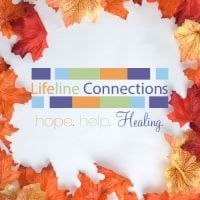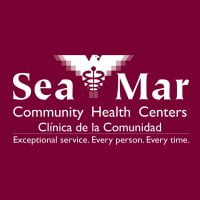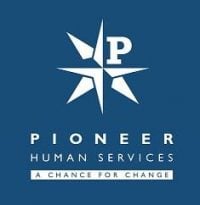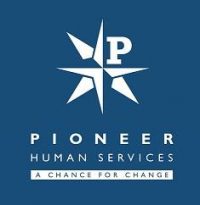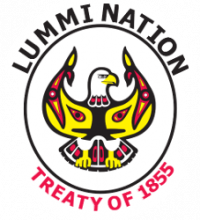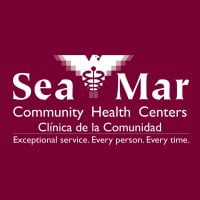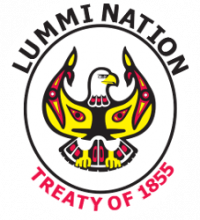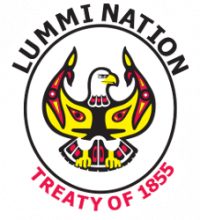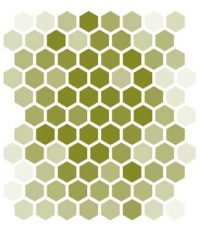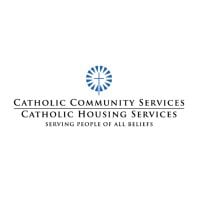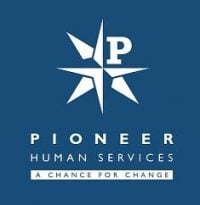Find An Addiction Rehab Center In Bellingham, Washington Today
Drug abuse and addiction have become such serious issues in Bellingham that the city has been working hard to address these problems in recent years. Some of the most commonly abused drugs in Bellingham include alcohol, marijuana, heroin, methamphetamine, and prescription drugs. These drugs are often easy for residents to obtain, and they can be extremely harmful and addictive.
One reason why the rate of drug abuse is so high in Bellingham is that the city is a major transportation and trade center. This means that there is a constant flow of drugs coming into the city. In addition, Bellingham is home to a number of different industries that can be stressful and dangerous, which may lead some residents to turn to drugs as a way to cope with the stress.
Discover a facility in our list below that fits your needs, or contact us for individual recommendations. With a range of drug and alcohol recovery programs available across Washington, Bellingham provides resources for care and a happier future.
Contact Your Washington Admissions Expert
We will help you find treatment based on your location, budget, and specific needs and help you get started safely.
Free + Confidential Consultation
Browse 24 Centers in Bellingham, Washington
Catholic Community Services - Lakeway Drive is a SAMHSA-accredited addiction treatment facility in Bellingham, WA that offers detox, dual-diagnosis, and outpatient levels of care to individuals struggling with substance abuse and mental health disorders, and accepts private health insurance.

Lifeline Connections - Bellingham Office offers comprehensive, accredited addiction treatment services in Washington, including inpatient and outpatient care, and accepts private health insurance, making it an excellent choice for people looking to get sober.


Sea Mar Community Health Centers - Bellingham in Bellingham, Washington is an addiction treatment facility that offers a wide range of services, including aftercare support, drug rehab, dual-diagnosis, intensive outpatient, and inpatient levels of care, as well as mental health services, with a comprehensive approach to addiction treatment and recovery.


Whatcom Community Detox
Whatcom Community Detox is a comprehensive addiction treatment facility located in Bellingham, Washington since 1963 offering services such as detox, residential services, aftercare support, and outpatient services to those suffering from opioid addiction, drug addiction, and dual diagnosis.
Pioneer Human Services - Whatcom Community Detox
Pioneer Human Services - Whatcom Community Detox provides accredited and state-licensed detox, drug rehab, and inpatient residential care in Washington for individuals in need of sobriety.


Lake Whatcom Residential Treatment - Bellingham
Lake Whatcom Residential Treatment - Bellingham is a health center that provides a range of care including inpatient, outpatient, residential and detox services to help people struggling with addiction achieve sobriety, and accepts private health insurance as payment for their services.
Belair Clinic is a comprehensive Drug Rehabilitation Facility in Bellingham, WA offering outpatient care and aftercare support for those struggling with drug or alcohol addiction since 1988, with flexible payment options available.
Bridges Treatment and Recovery provides personalized, evidence-based treatment plans and aftercare support services to help patients struggling with addiction achieve sobriety and live healthy, fulfilling lives.
Lummi Counseling Services
Lummi Counseling Services is an accredited addiction treatment facility in Bellingham, WA which provides a range of evidence-based therapies, individual counseling, group therapy, family therapy, relapse prevention, access to community resources, and more to individuals and their loved ones struggling with substance abuse, opioid addiction, and drug addiction.

Sea Mar Community Health Centers - Bellingham offers comprehensive health services, including treatment for addiction and substance abuse disorder, with a team of medical professionals who provide individualized and comprehensive therapy programs in a safe and welcoming environment.

Lummi CARE Program
Lummi CARE Program is a culturally sensitive residential and outpatient substance abuse treatment facility in Bellingham, Washington, offering a comprehensive treatment approach with a wide range of services and personalized treatment plans to support client recovery.
Lummi Chemical Addiction Recovery and Education - CARE
Lummi CARE is an outpatient alcohol and drug treatment facility in Bellingham, Washington providing innovative, culturally sensitive treatment plans and evidence-based recovery services that support long-term recovery and family reunification.

Contact Counseling
Contact Counseling provides evidence-based psychotherapy and substance abuse treatment services to individuals and families in Bellingham, Washington, with a holistic, compassionate approach to promote long-term recovery.
Catholic Community Services - Douglas Avenue
Catholic Community Services - Douglas Avenue provides comprehensive addiction treatment services tailored to individual needs, including counseling, therapy, medication-assisted treatment, and care for co-occurring disorders from a highly qualified staff in a nationally recognized and accredited facility.
Lake Whatcom Residential Treatment - Graham
Lake Whatcom Residential Treatment - Graham is a mental health and addiction treatment center in Washington that specializes in providing personalized programs to adolescents and young adults struggling with substance abuse, trauma, self-harm, depression, suicidal ideation, and family conflict through a holistic approach to addiction care with a focus on physical, psychological, and spiritual health.
Lake Whatcom Residential and Treatment Ctr
Lake Whatcom Residential and Treatment Ctr is an inpatient facility in Bellingham, Washington that offers evidence-based treatment options, including cognitive-behavioral therapy and dialectical behavior therapy, to individuals struggling with addiction and substance abuse in a safe and therapeutic living environment with 24-hour supervision and assistance.
AA - Alcoholics Anonymous
Pioneer Human Services
Pioneer Human Services in Bellingham, WA is a comprehensive drug and alcohol addiction treatment center that offers personalized care plans, evidence-based treatments, and additional resources for aftercare to help individuals build lasting sobriety.
Aasheim Lloyd
Aasheim-Lloyd in Bellingham, WA provides comprehensive addiction treatment services including inpatient, outpatient, aftercare, individual and group counseling, relapse prevention, medication-assisted treatments, cognitive and behavioral therapy, peer support, and recovery meetings with licensed and certified addiction specialists and has received awards for their patient-centered care.
Catholic Community Services - Martin Center
The Catholic Community Services - Martin Center in Bellingham, Washington, provides a range of evidence-based treatments and support groups for individuals recovering from addiction and substance abuse, as well as resources for family members and counselors, and is accredited by CARF and licensed by the Washington State Department of Health.
Evaluation Consultants
Evaluation Consultants, located in Bellingham, Washington, is a rehabilitation facility specializing in addiction and substance abuse services, providing individualized and comprehensive care through evidence-based treatment approaches and a variety of programs including counseling, therapy, relapse prevention, and co-occurring mental health disorder treatment.
Pacific Recovery Healing Center
Pacific Recovery Healing Center is a residential treatment center for alcohol and substance abuse located in Bellingham, Washington, that offers individualized treatment plans, holistic and evidence-based therapies, financial education, family support services, and aftercare programs to help patients maintain their sobriety, and helps patients transition to sober living homes or outpatient programs.
Westcoast Counseling and Treatment Center
Westcoast Counseling and Treatment Center offers a comprehensive drug rehab program for individuals suffering from addiction in Bellingham, WA.
AA - Alcoholics Anonymous - Bellingham Group
Information About Substance Abuse and Addiction in Bellingham, WA
Bellingham is working hard to address the drug addiction problem in the city. In recent years, the city has made a number of different changes, such as increasing the number of treatment facilities and expanding access to care.
There are a number of different addiction treatment options available in Bellingham, and the sooner you seek help, the better your chances will be of achieving long-term sobriety.
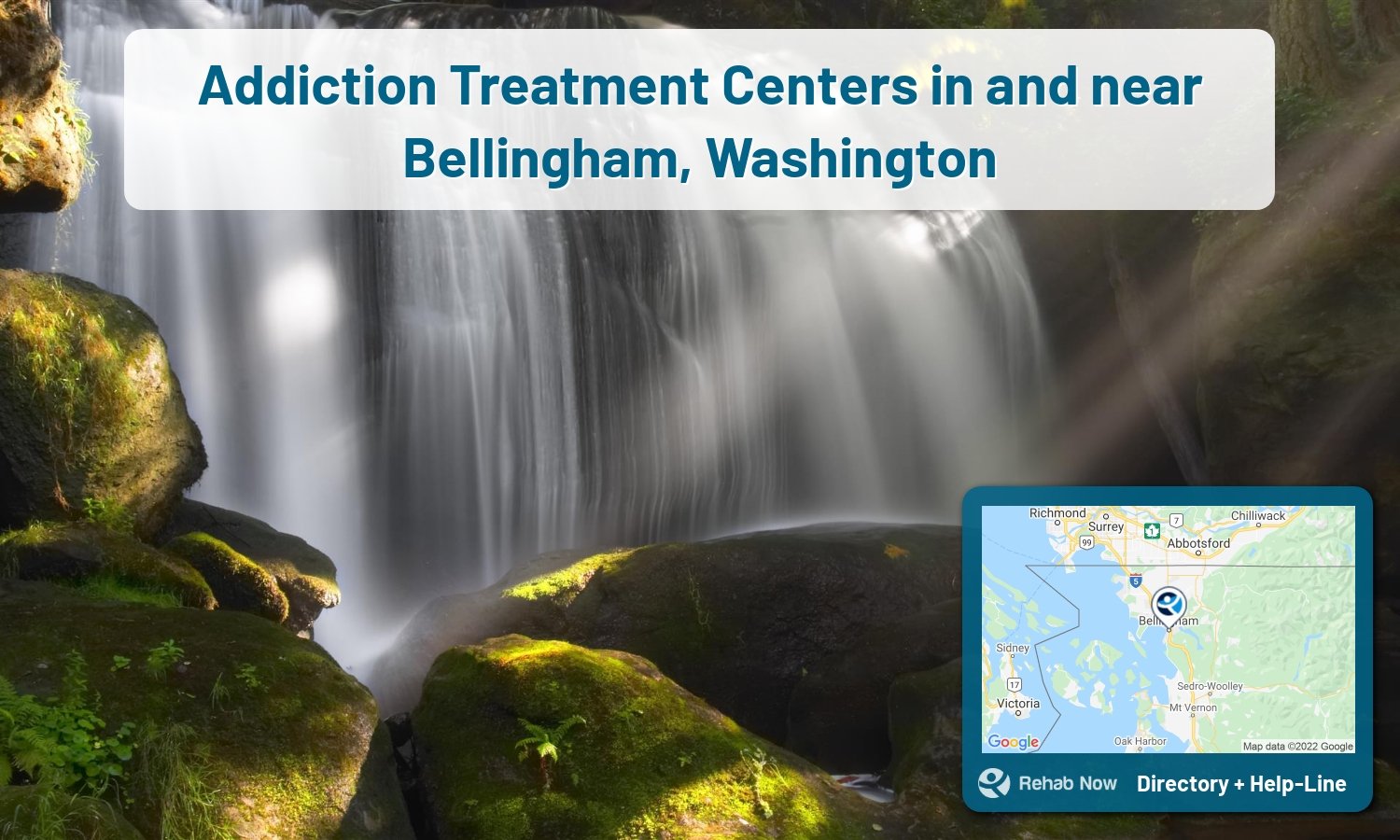
What types of treatment are available in Bellingham, Washington?
Inpatient treatment, outpatient treatment, and 12-step programs are all available in Bellingham, Washington. Inpatient treatment is when the patient lives at the facility for a set period of time, usually 30 days or more.
Outpatient treatment is when the patient visits the facility for a set number of hours per week and then returns home. 12-step programs are based on the 12 steps of Alcoholics Anonymous and can be done in an groups or individually.
What are the success rates of treatment in Bellingham, Washington?
The success rates of treatment vary depending on the type of treatment, the severity of the addiction, and the commitment of the patient.
In general, inpatient treatment has a higher success rate than outpatient treatment. This is because the patient is removed from their home environment and has 24-hour access to care.
According to the National Institute on Drug Abuse, the success rates for treatment range from 40-to 60%.
Drug and Alcohol Statistics in Bellingham, Washington
According to the National Institute on Drug Abuse (NIDA), Bellingham has a higher than average rate of hospitalizations due to drug abuse. In fact, in 2017, there were over 1,000 hospitalizations due to drug abuse in Bellingham. This is significantly higher than the state average of 790 per 100,000 people.
In addition, the NIDA reports that about 6.5% of Bellingham residents aged 12 and over reported using illicit drugs in the past month. The rates of underage drinking are also high in Bellingham. In fact, about 27.7% of Bellingham residents aged 12-20 reported drinking alcohol in the past month.
- Nearly 27% of all car accident fatalities in Bellingham involved alcohol.
- The rate of HIV infection due to drug abuse is increasing by about 10% each year.
- About 60% of all violent crimes are drug-related.
- 14% of all people in Bellingham who are admitted into drug treatment programs are under the age of 18.
Additional Treatment Centers in Washington
Washington's substance use, abuse, and addiction rates have followed the trends of the rest of the over the past years. Methamphetamine abuse is the biggest threat to Washington. Heroin-related overdoses increased by almost 450% from 2006 to 2016. 20% of all annual deaths in Washington are somehow drug and/or alcohol-related. Drugs are widely abused in Washington because they are easily trafficked in and out of the state.
Still haven't found the right recovery center? Browse nearby Washington cities.
- Mountlake Terrace, WA (66.6 mi.)
- Elma, WA (128.1 mi.)
- Ridgefield, WA (203.0 mi.)
- Bothell, WA (69.2 mi.)
- Sequim, WA (54.5 mi.)
- Cathlamet, WA (180.9 mi.)
- Chewelah, WA (220.1 mi.)
- Bellevue, WA (79.5 mi.)
- Marysville, WA (49.8 mi.)
- Vashon, WA (89.8 mi.)
- Castle Rock, WA (172.1 mi.)
- Brewster, WA (131.3 mi.)
- Seattle, WA (149)
- Spokane, WA (90)
- Tacoma, WA (55)
- Vancouver, WA (49)
- Yakima, WA (45)
- Bellevue, WA (38)
- Everett, WA (34)
- Olympia, WA (25)
How does drug addiction progress?
Drug addiction is a serious problem that can have devastating consequences. It often begins with a casual or experimental use of a drug, which can quickly lead to abuse. As addiction takes hold, users may start to neglect their responsibilities and hobbies in favor of using drugs.
They may begin to isolate themselves from friends and family members, and their physical appearance may start to deteriorate. Addicts may also start to experience financial problems as they spend more and more money on drugs.
Eventually, addiction can destroy every aspect of a person’s life. However, there is hope; with treatment, it is possible to recover from addiction and lead a healthy life.
What are the stages of change?
The stage of change model is a tool that is often used to help people overcome addiction. It consists of five different stages: pre-contemplation, contemplation, preparation, action, and maintenance.
- Pre-contemplation: In this stage, individuals are not yet ready to change their behavior. They may not be aware of the problem or may not believe that change is possible.
- Contemplation: In this stage, individuals are beginning to think about changing their behavior. They may be aware of the problem and its consequences, but they are not yet ready to take action.
- Preparation: In this stage, individuals are taking steps to change their behavior. They may be making plans and gathering information, but they have not yet changed their behavior.
- Action: In this stage, individuals are actively working to change their behavior. They may be attending treatment or making other changes in their lives.
- Maintenance: In this stage, individuals are working to maintain their sobriety. They may be attending support groups and making lifestyle changes to stay sober.
How effective is drug addiction treatment?
Drug addiction is a complex disease that affects both the mind and the body. Like other chronic illnesses, it often requires ongoing treatment to manage. Research has shown that certain therapies can be effective in helping people achieve and maintain recovery. For example, behavioral therapies can help people to identify and change the thoughts and behaviors that contribute to their drug use.
In addition, medication-assisted treatment can be helpful for some people by reducing cravings and easing withdrawal symptoms. However, it is important to remember that there is no single treatment that works for everyone. Treatment must be tailored to the individual’s unique needs and preferences.
Therefore, rehab centers offer comprehensive programs that address all aspects of addiction, including the physical, psychological, and social aspects. These programs typically include a combination of individual and group therapy, as well as education and skill-building.
How to determine the best rehab center
When choosing a rehab center, it is important to consider the individual’s specific needs and preferences. For example, some people may prefer a program that is demographic-specific, such as one that is gender-specific or age-specific.
In addition, some people may prefer a program that offers a particular type of therapy, such as cognitive-behavioral therapy or dialectical behavior therapy. It is also important to consider the length of the program, as well as the location and cost.
Accredited and licensed rehab centers that offer evidence-based treatment and have a good reputation are often the best choice. You can know if a rehab center is reputable by checking if it is accredited by the Commission on Accreditation of Rehabilitation Facilities (CARF).
In addition, it is helpful to ask about the program’s success rates and read reviews from former clients.
What is an intervention?
An intervention is a process that helps an individual to recognize the need for treatment and to make the decision to seek help. It is typically conducted by family and friends, but it can also be done by a professional.
The intervention process usually follows these steps:
1. The individual is confronted about their problem in a loving, but direct way.
2. The consequences of not getting help are discussed.
3. Treatment options are presented as a solution to the problem.
4. The individual is given the opportunity to seek treatment immediately or set a date to begin treatment.
If the individual refuses to seek treatment, the interventionist will often present the family with a plan to get the individual into treatment involuntarily. This might involve going to court or checking into a rehabilitation facility against their will.
Our experts can help you find treatment now in Bellingham, Washington. We list drug rehab and alcohol centers in Washington. (888) 674-0062.

